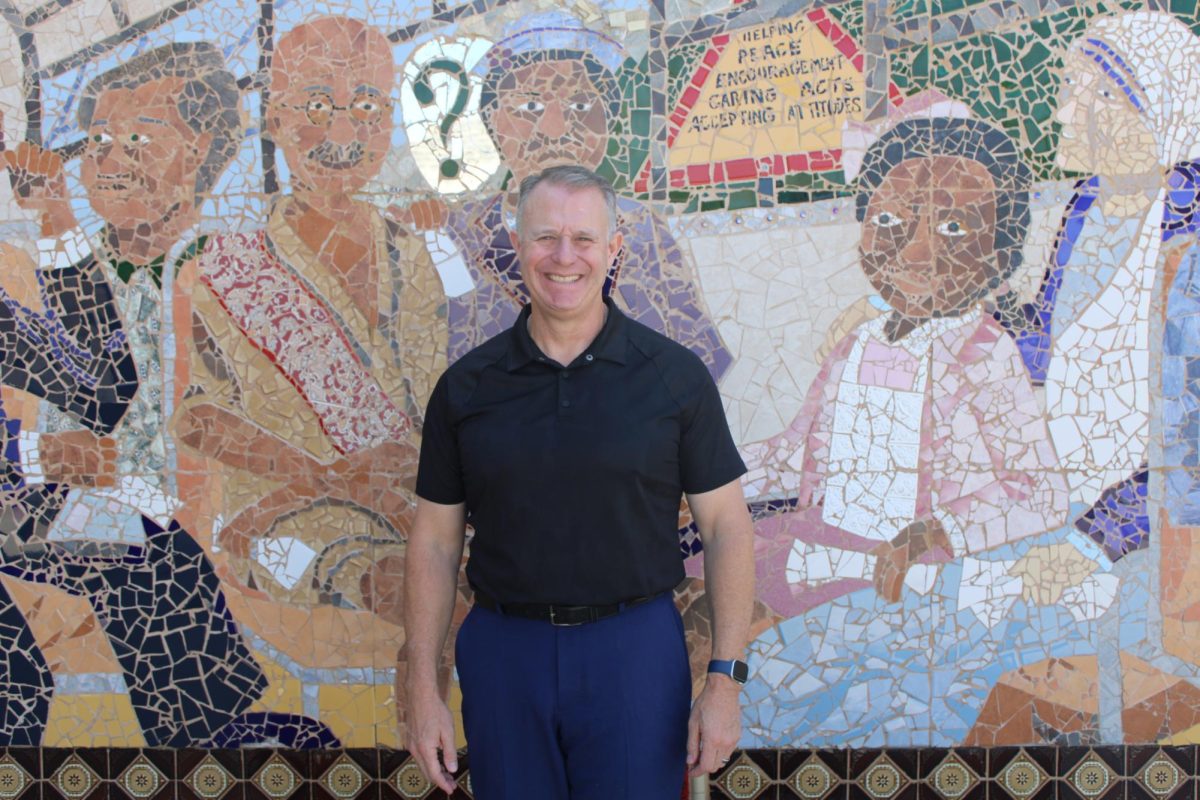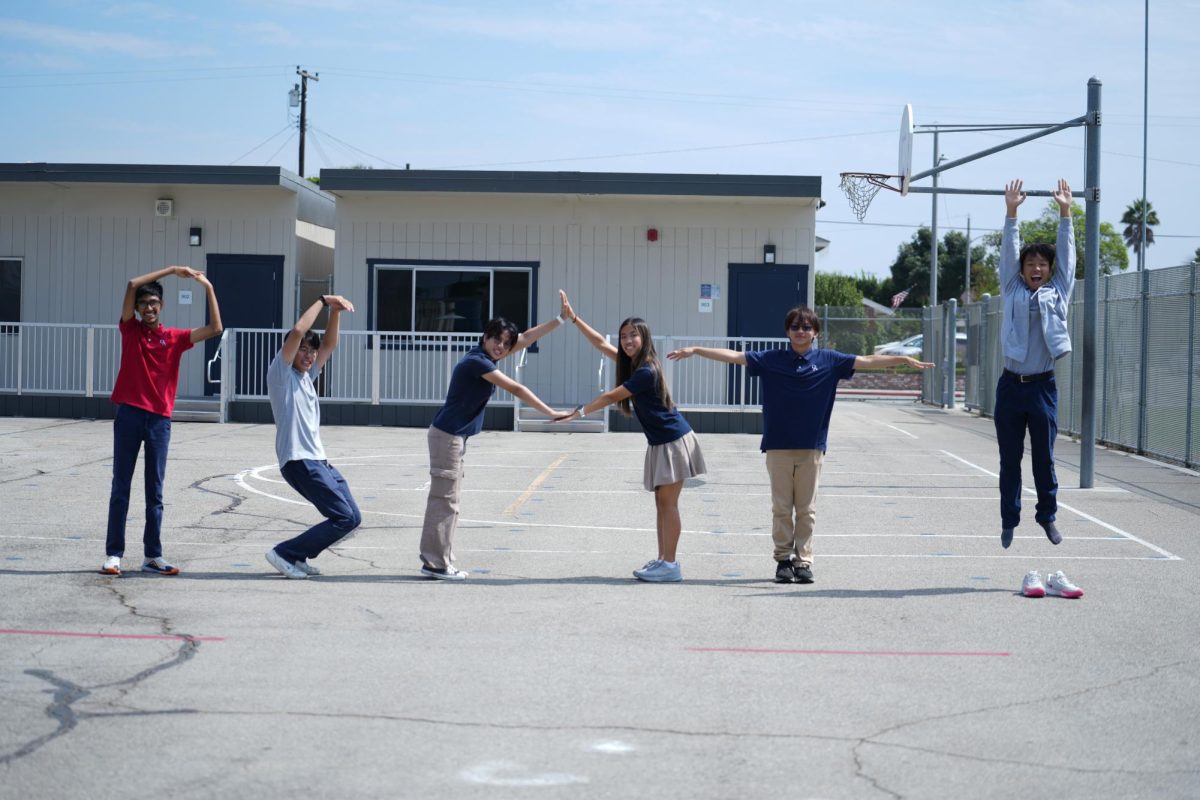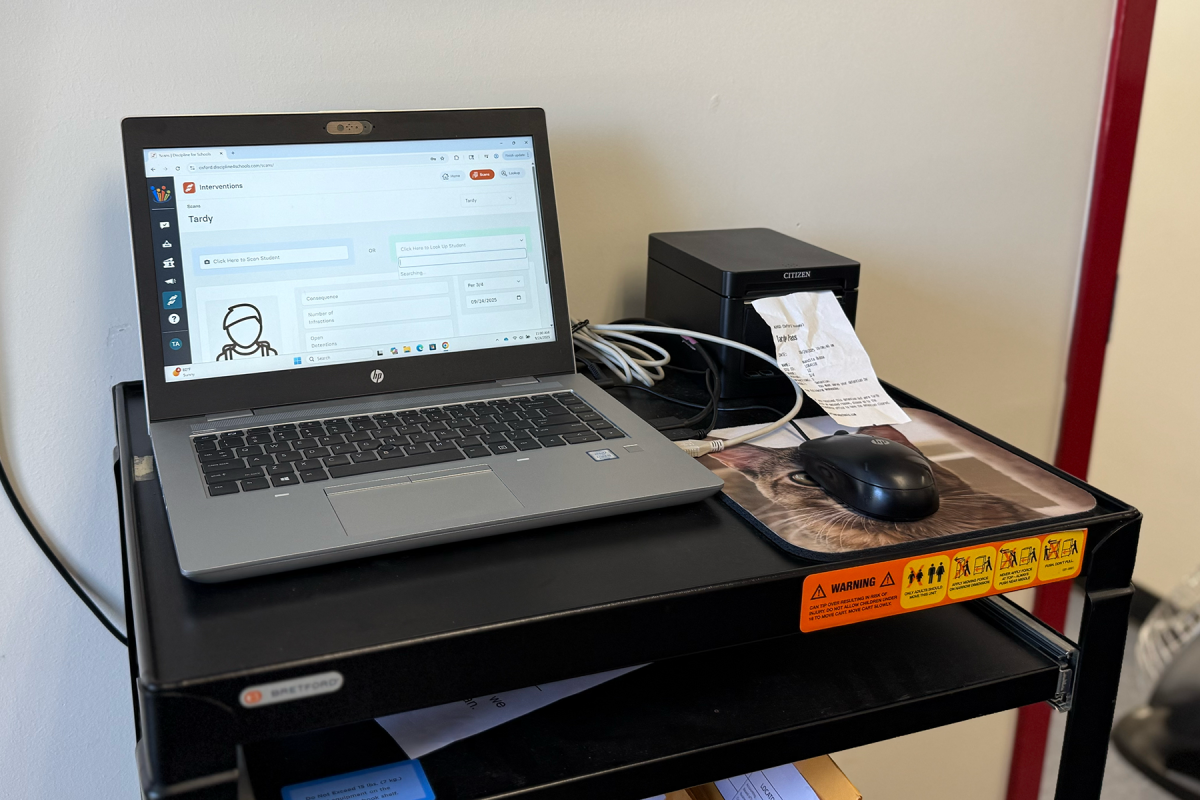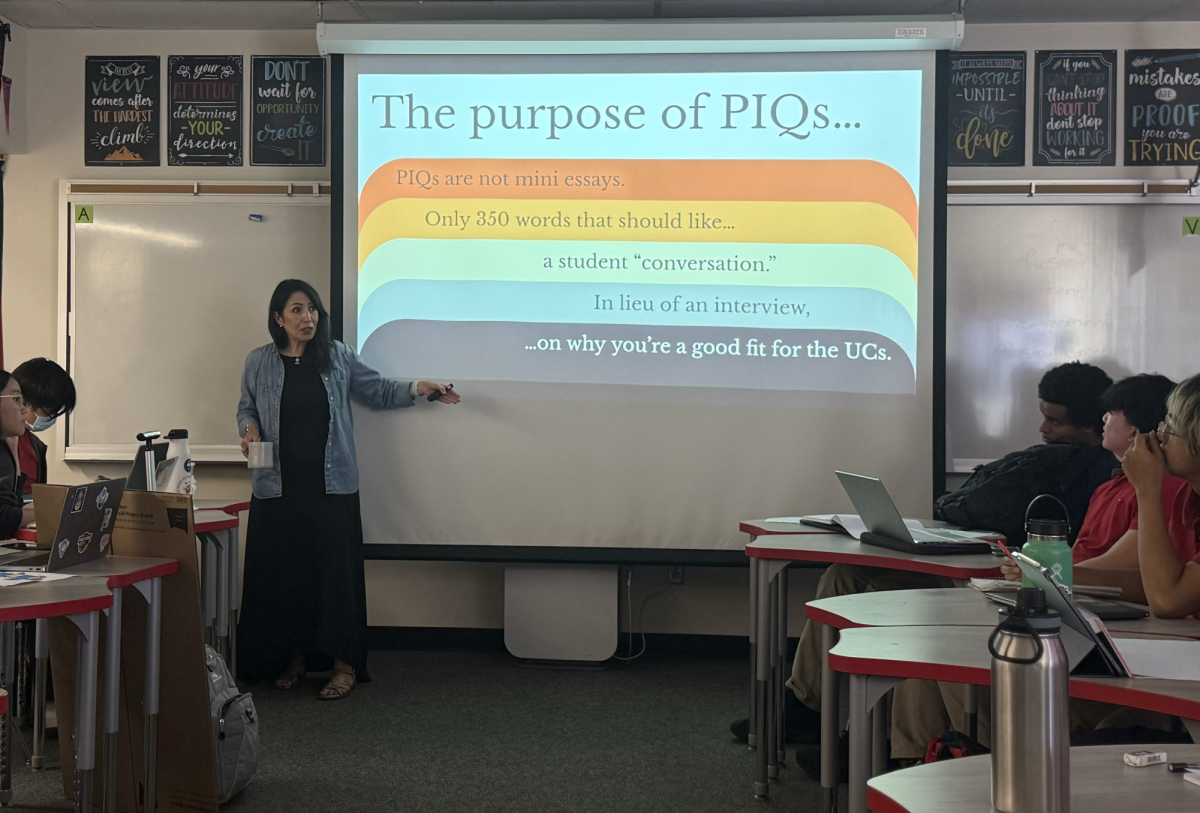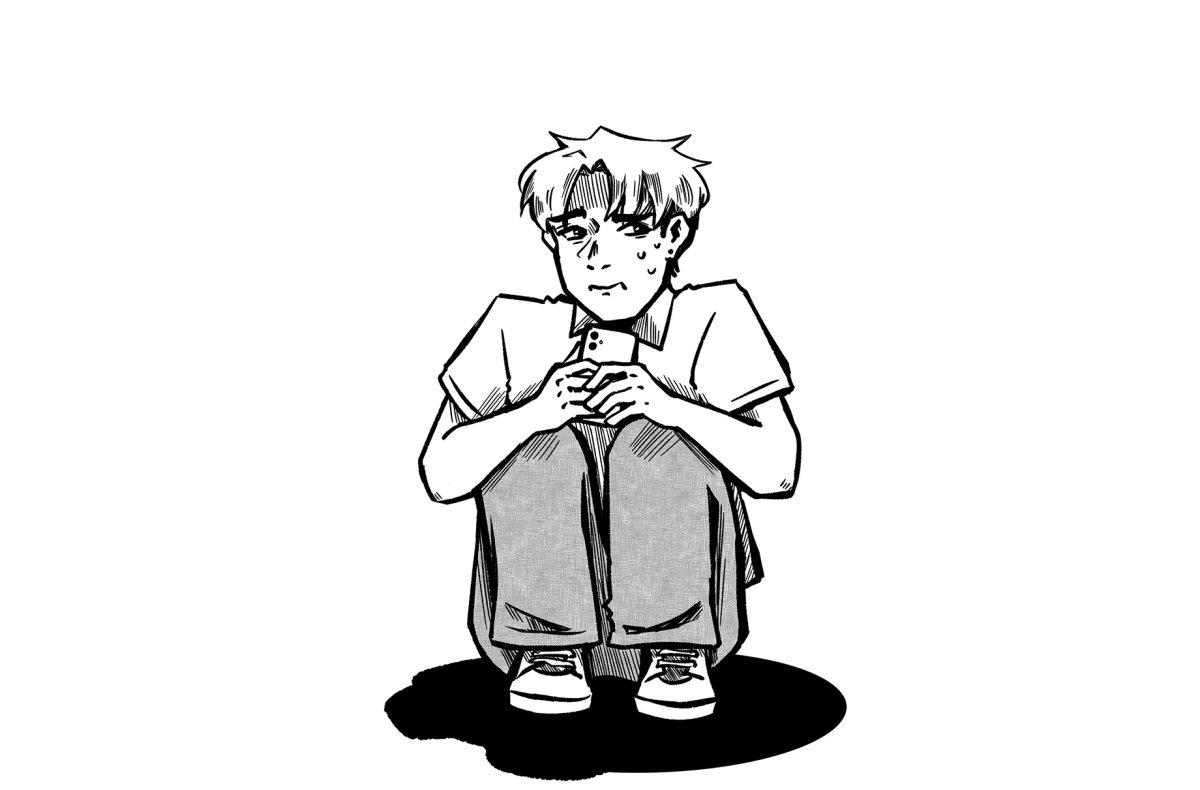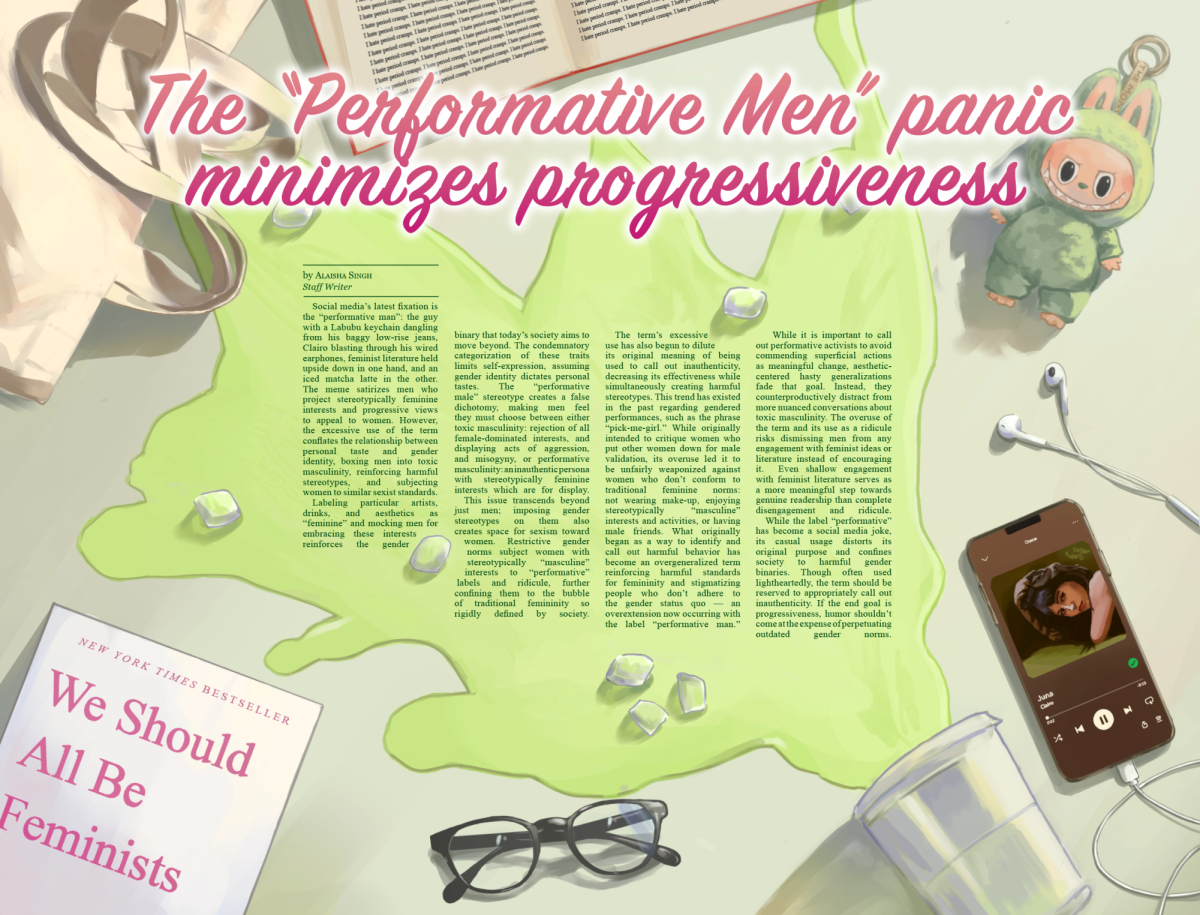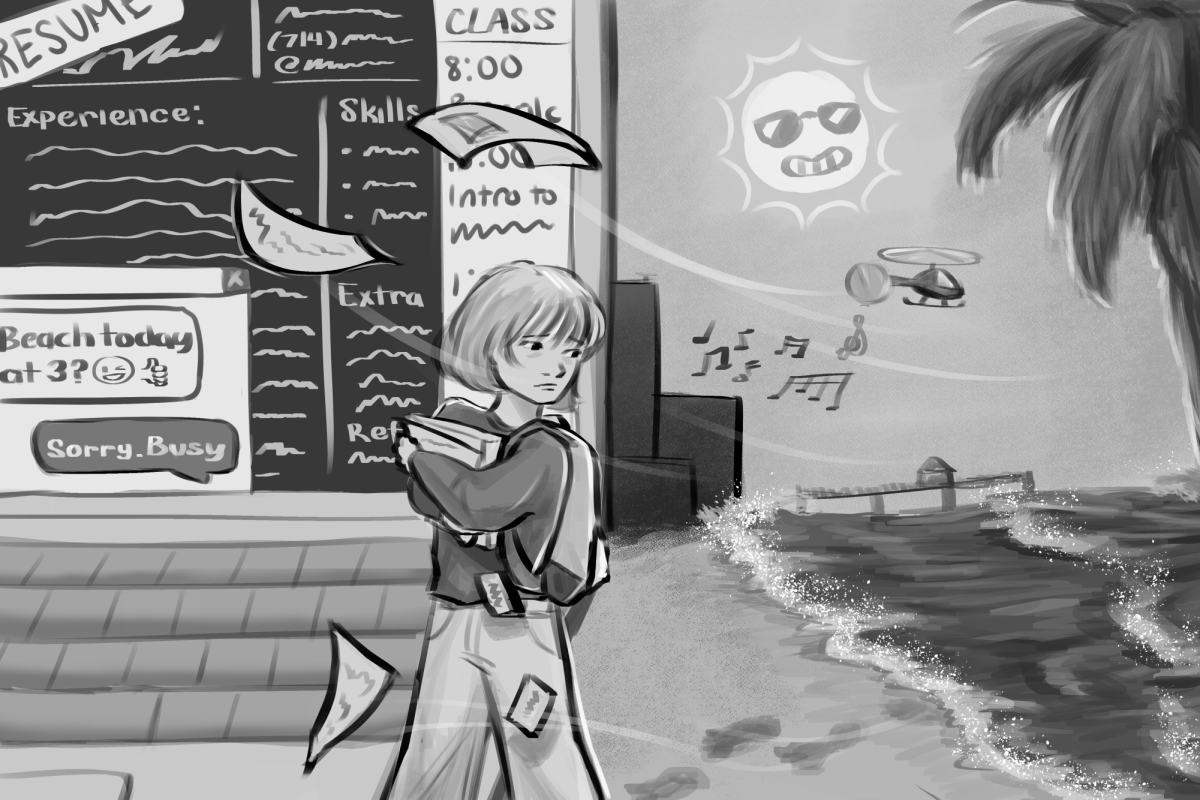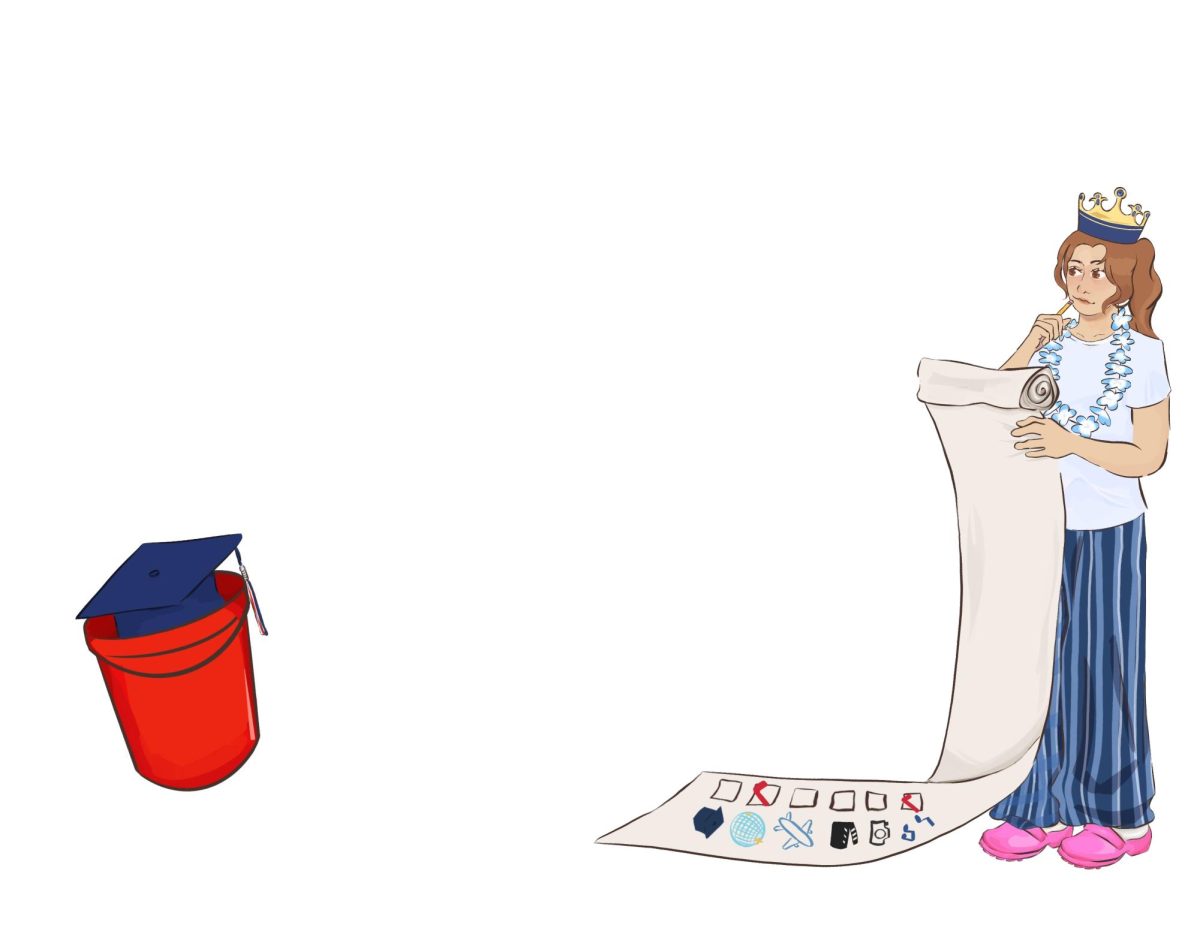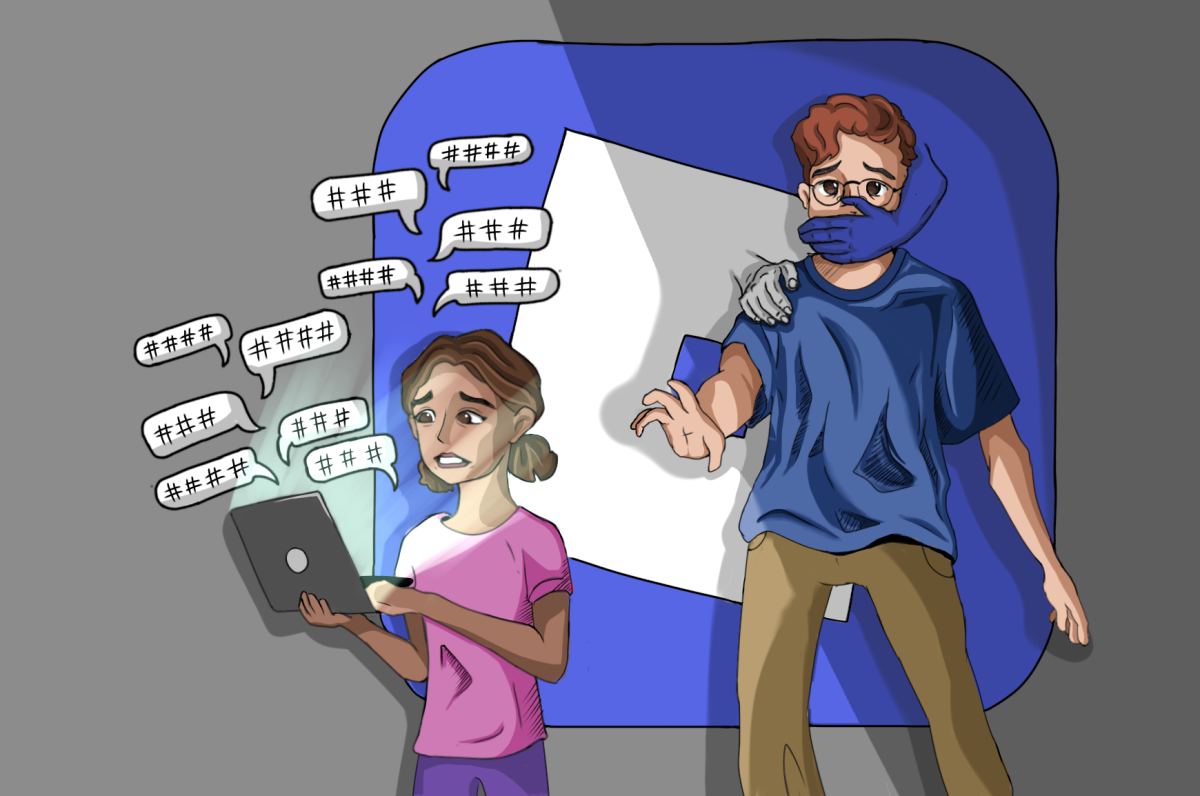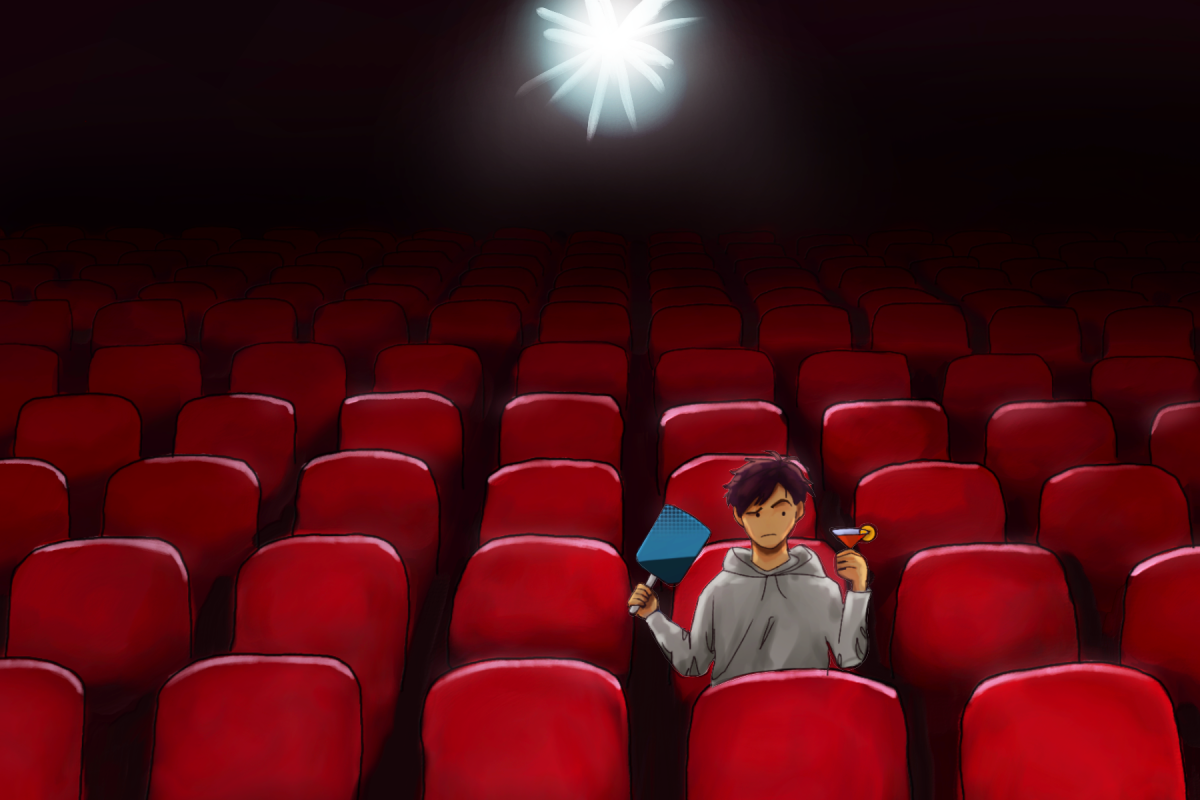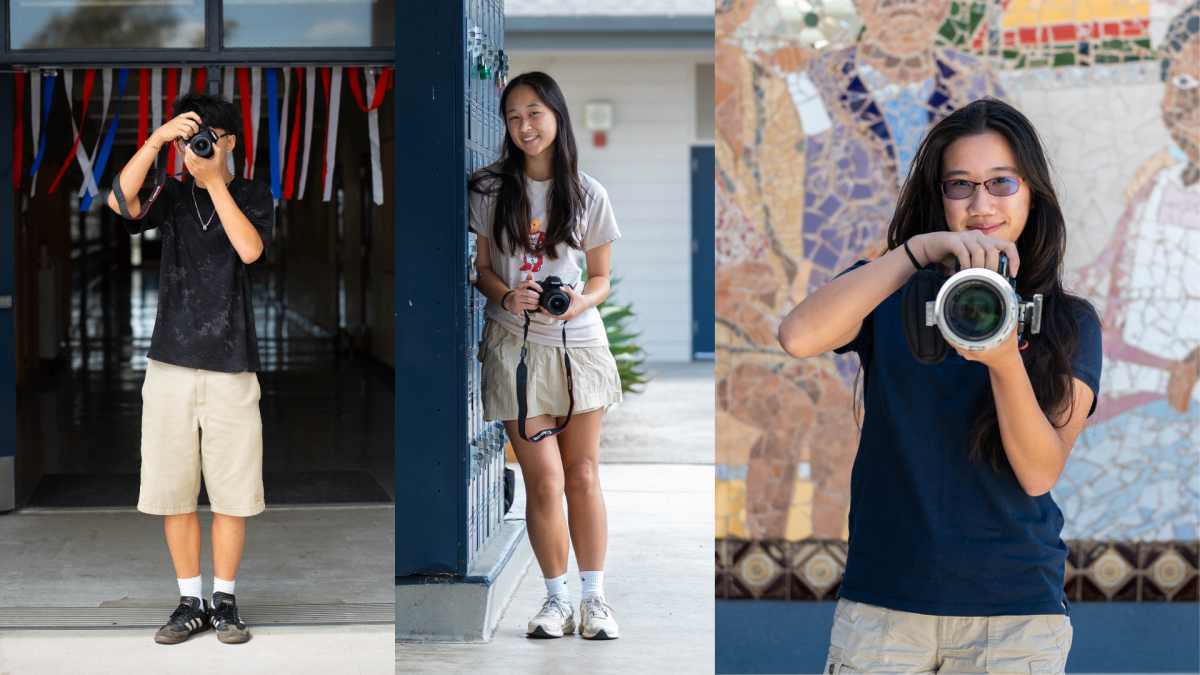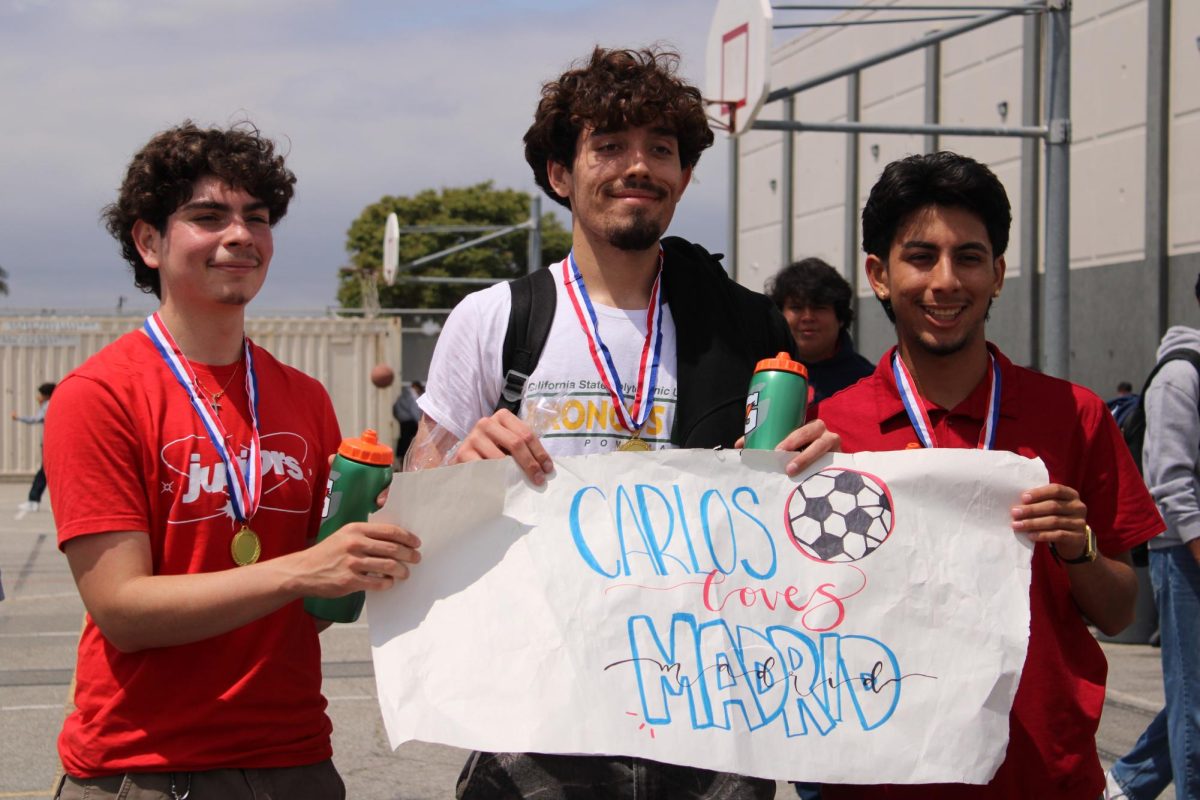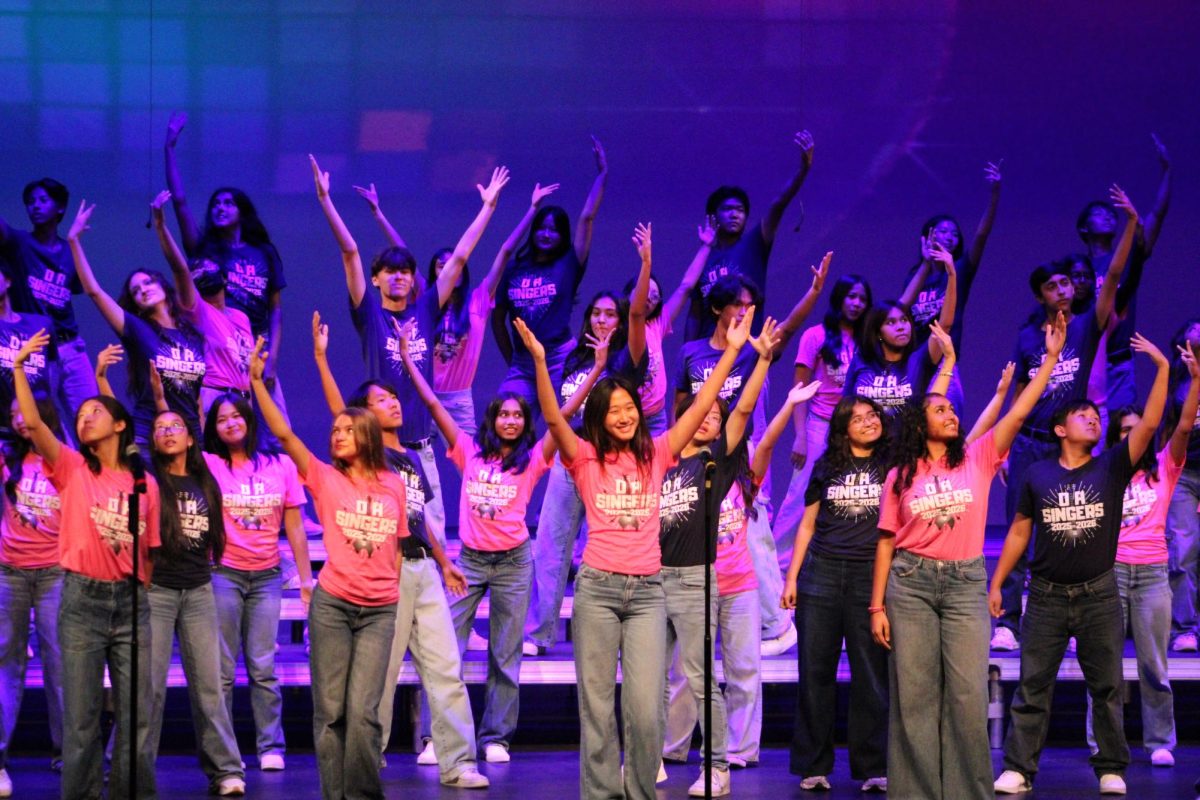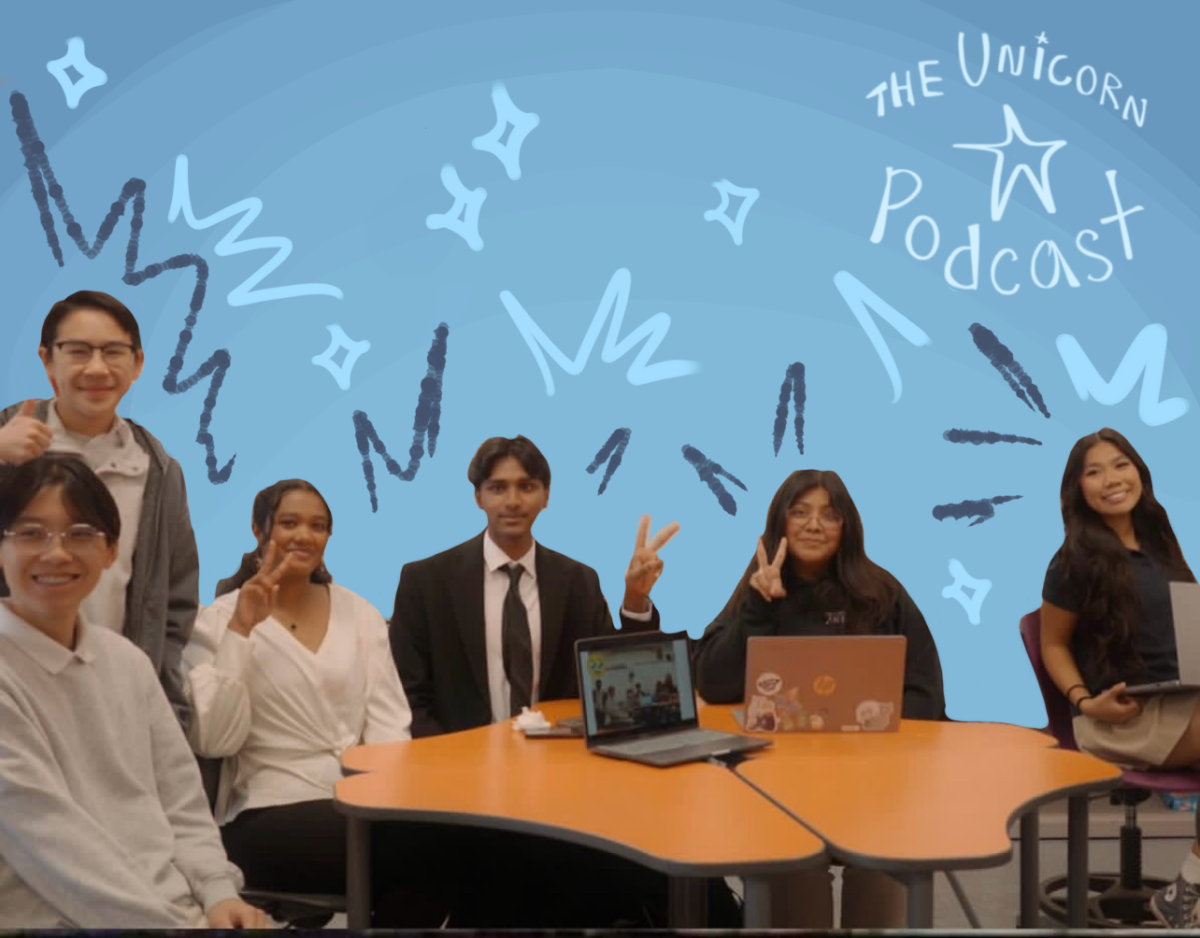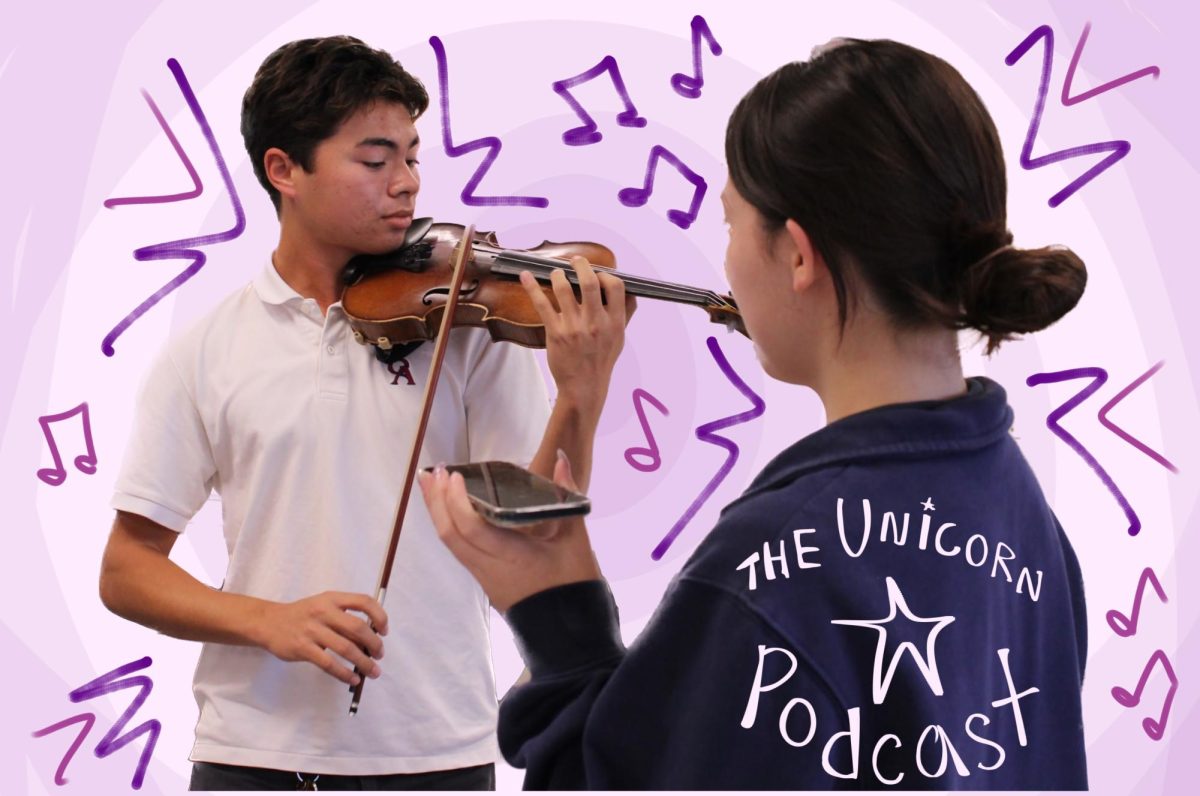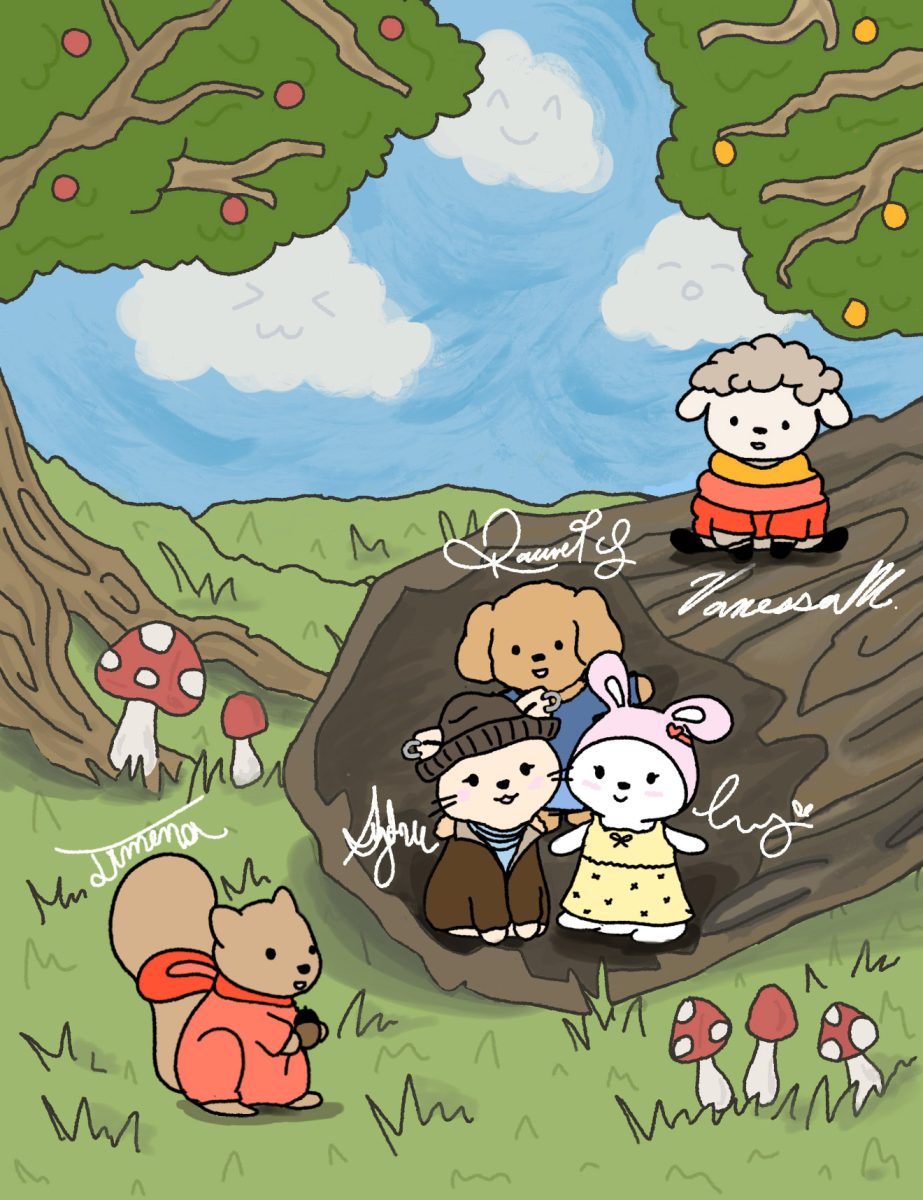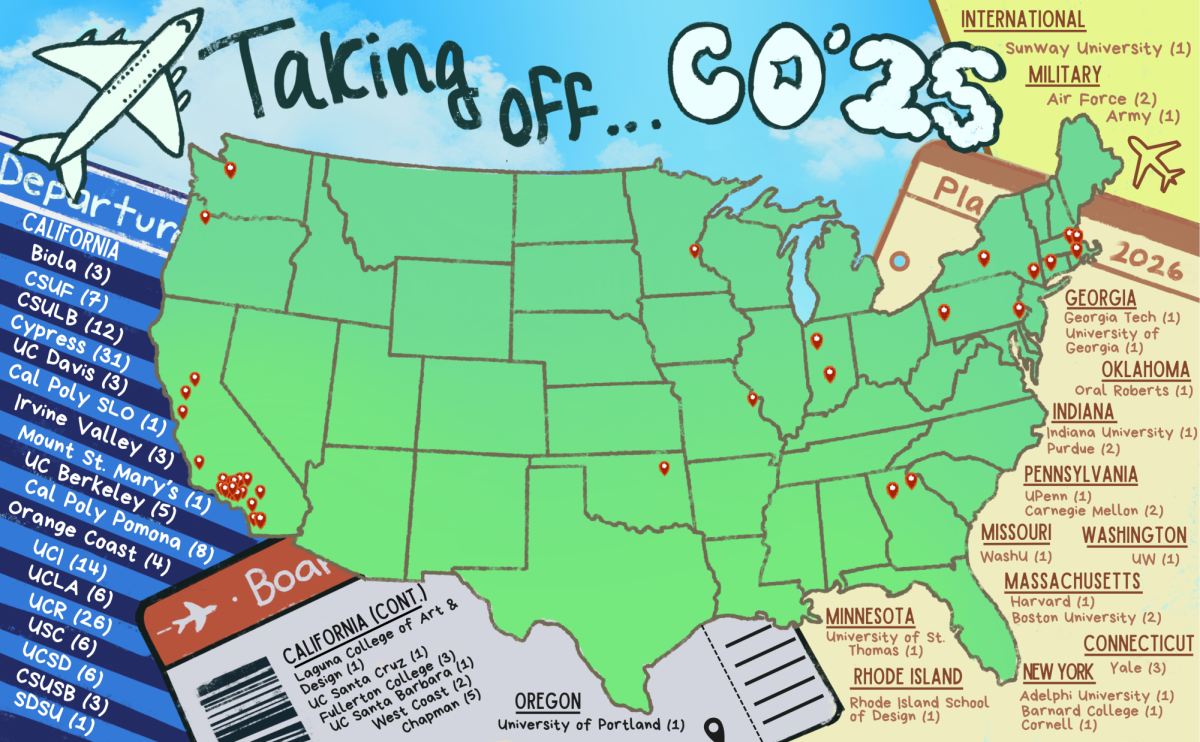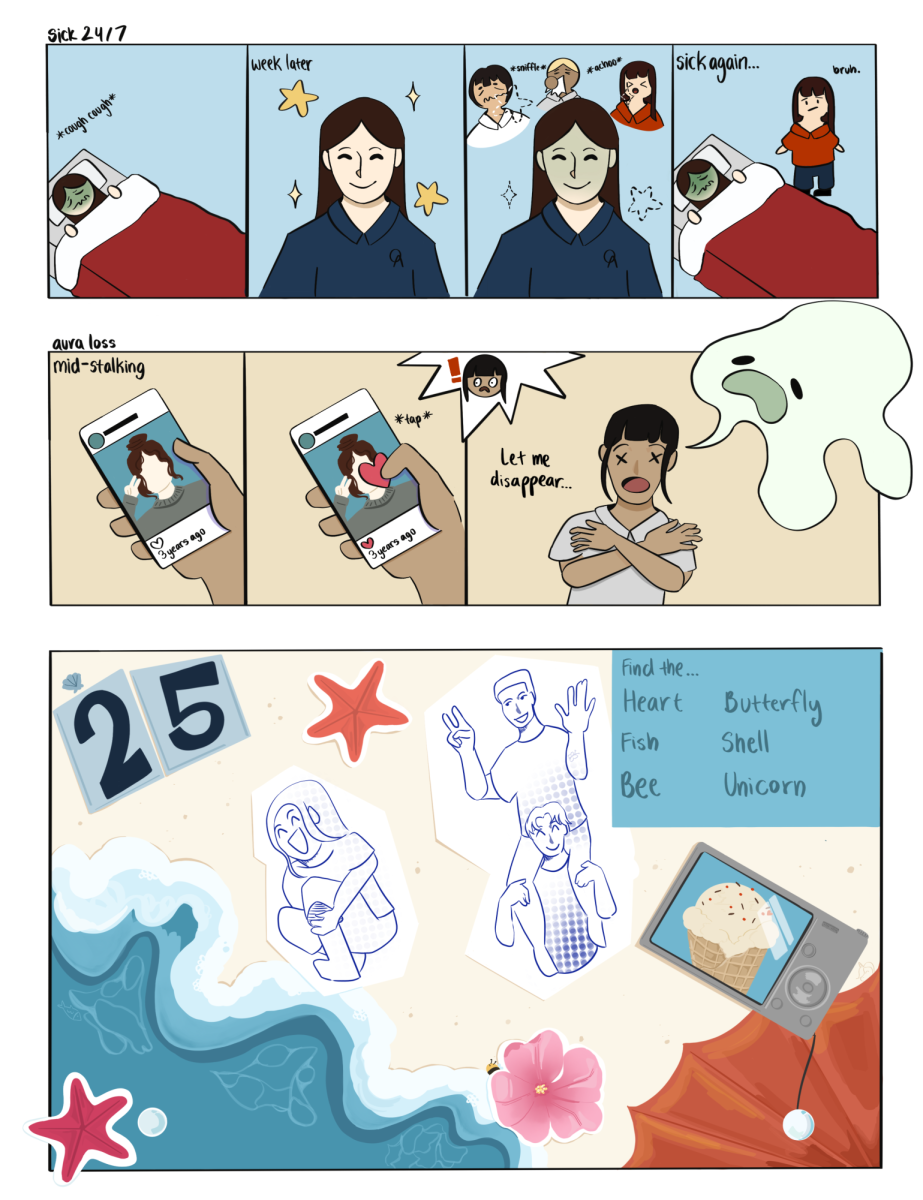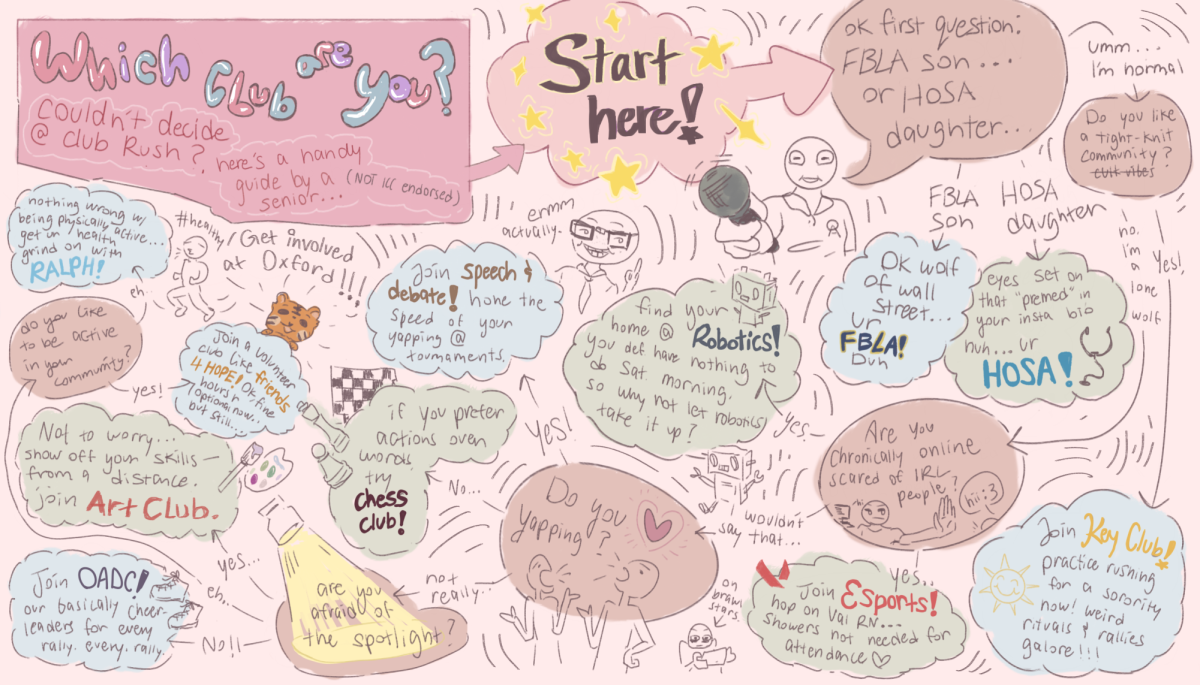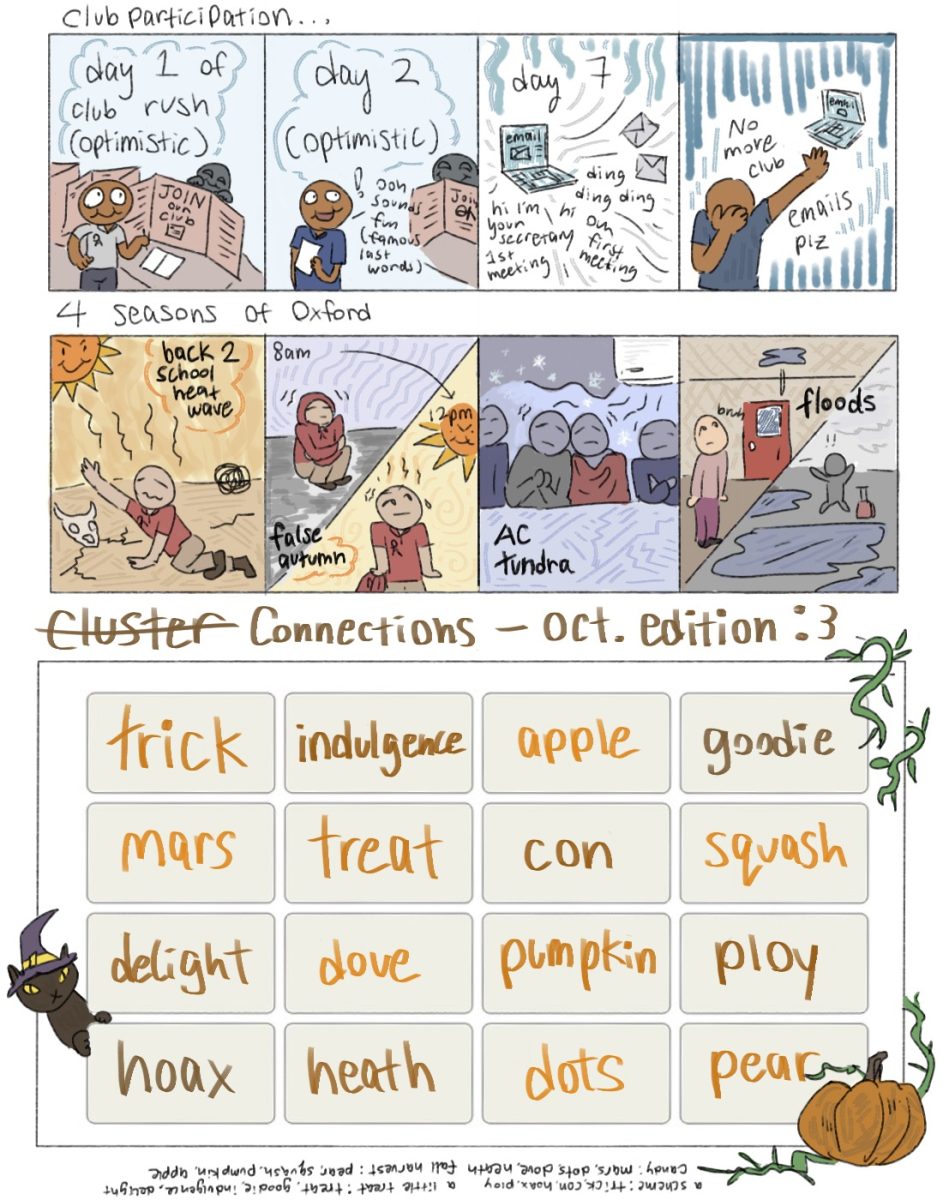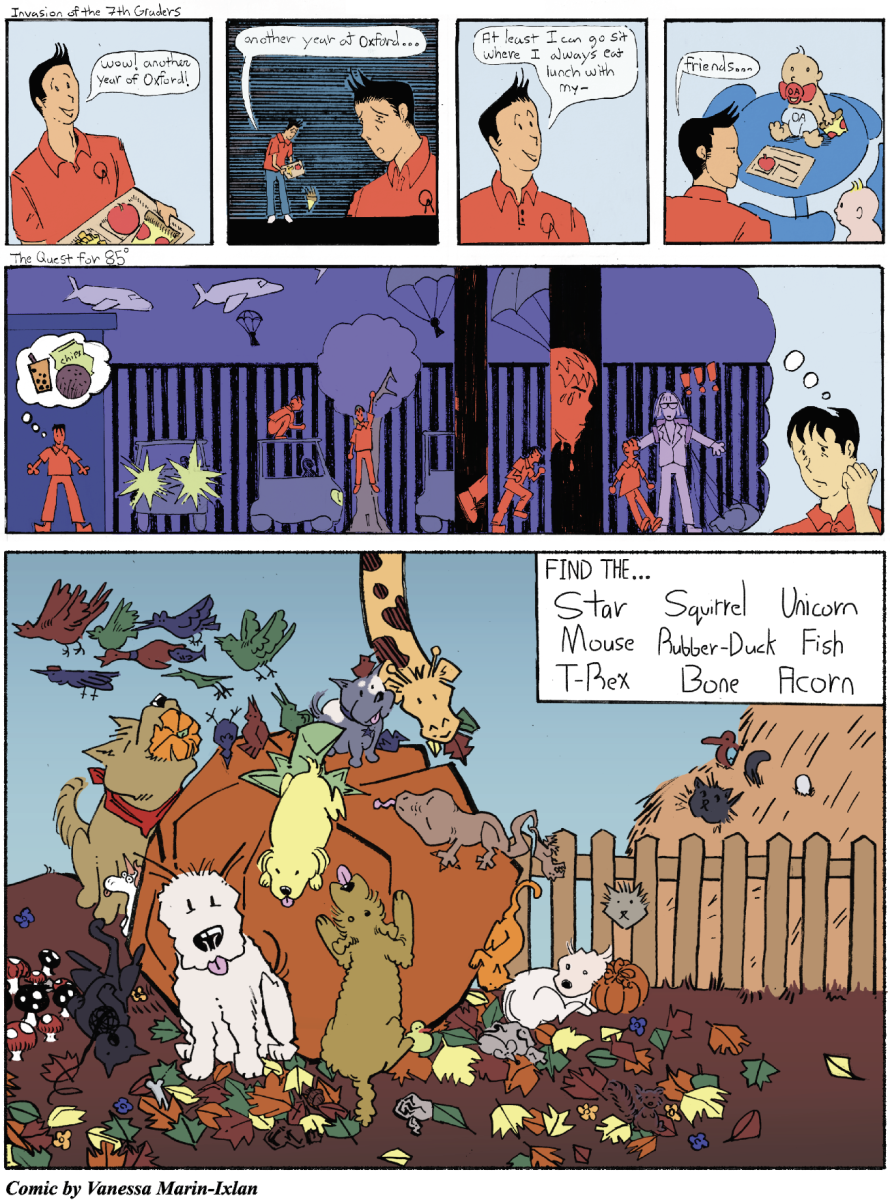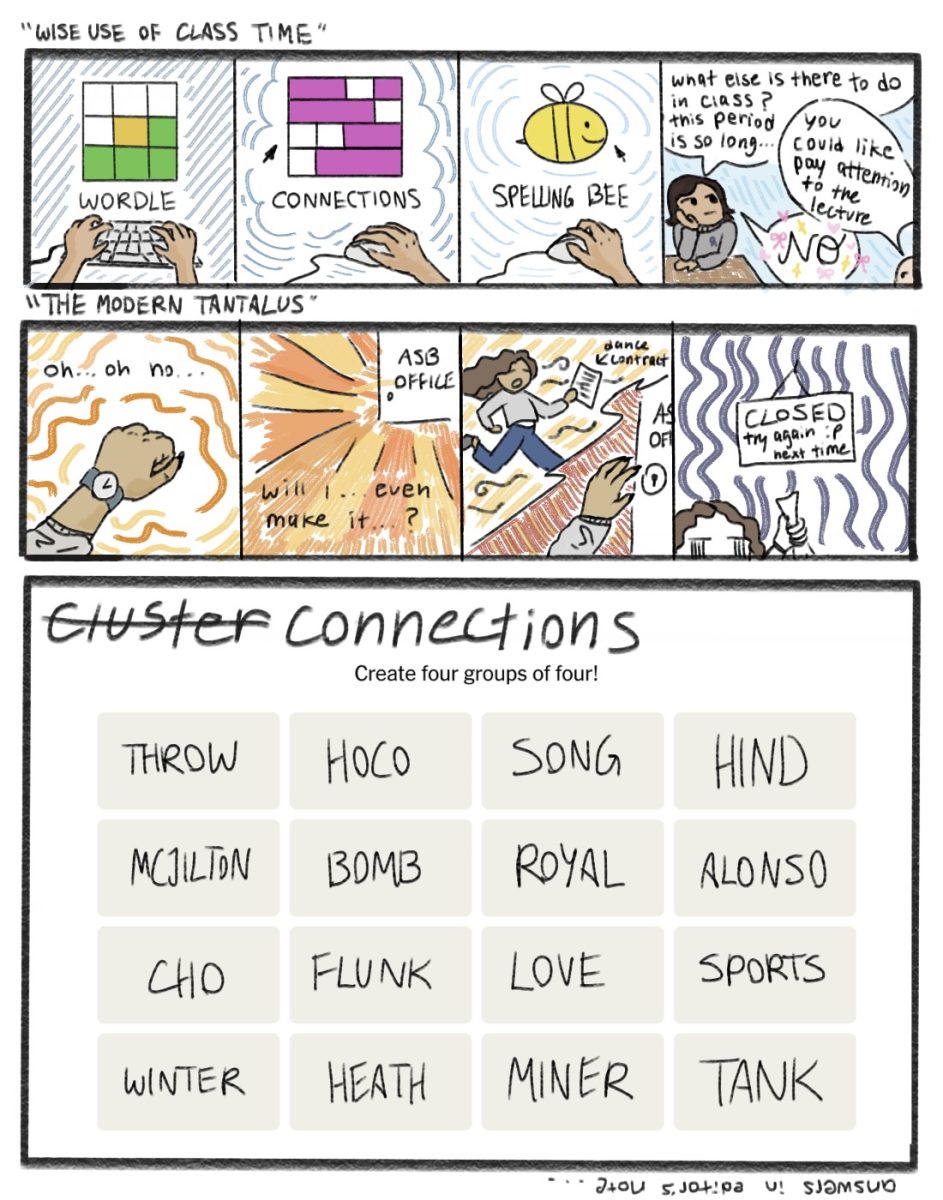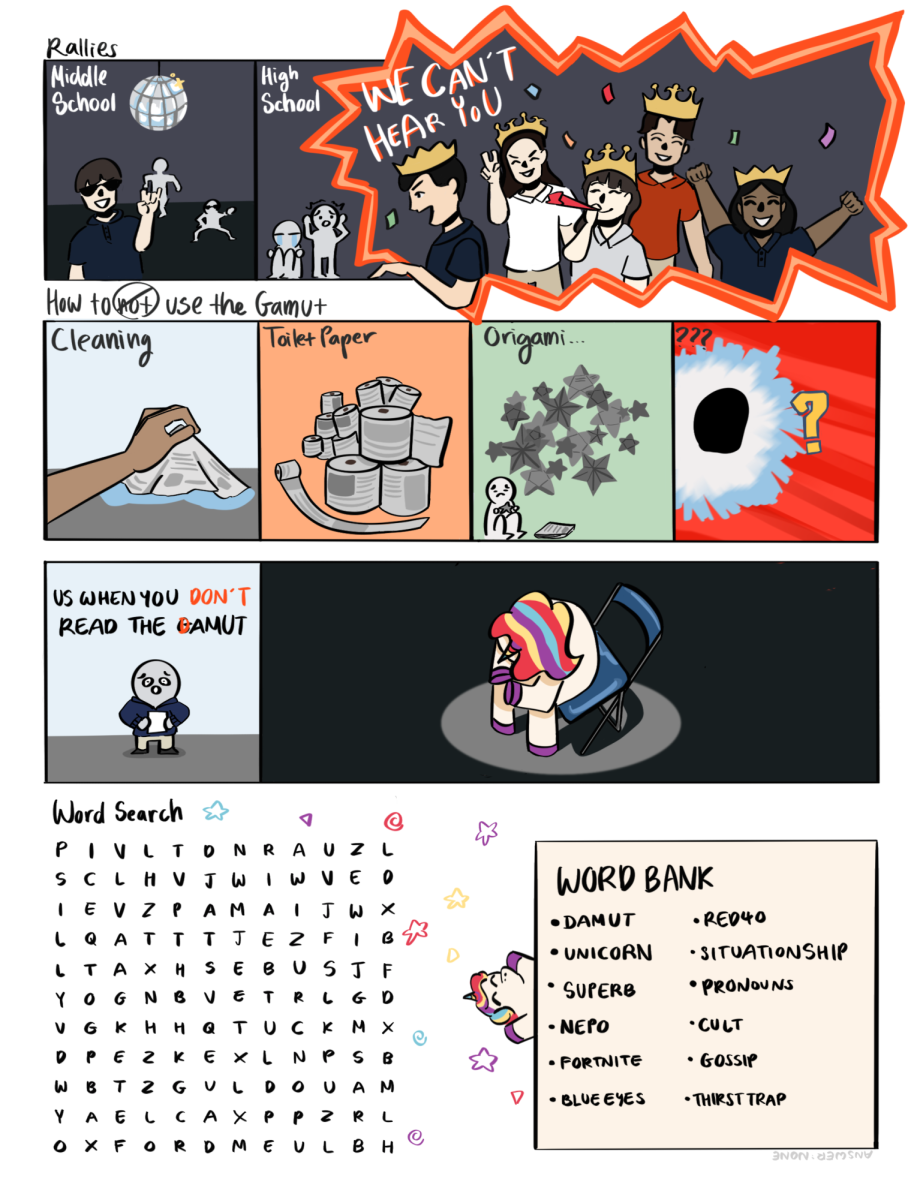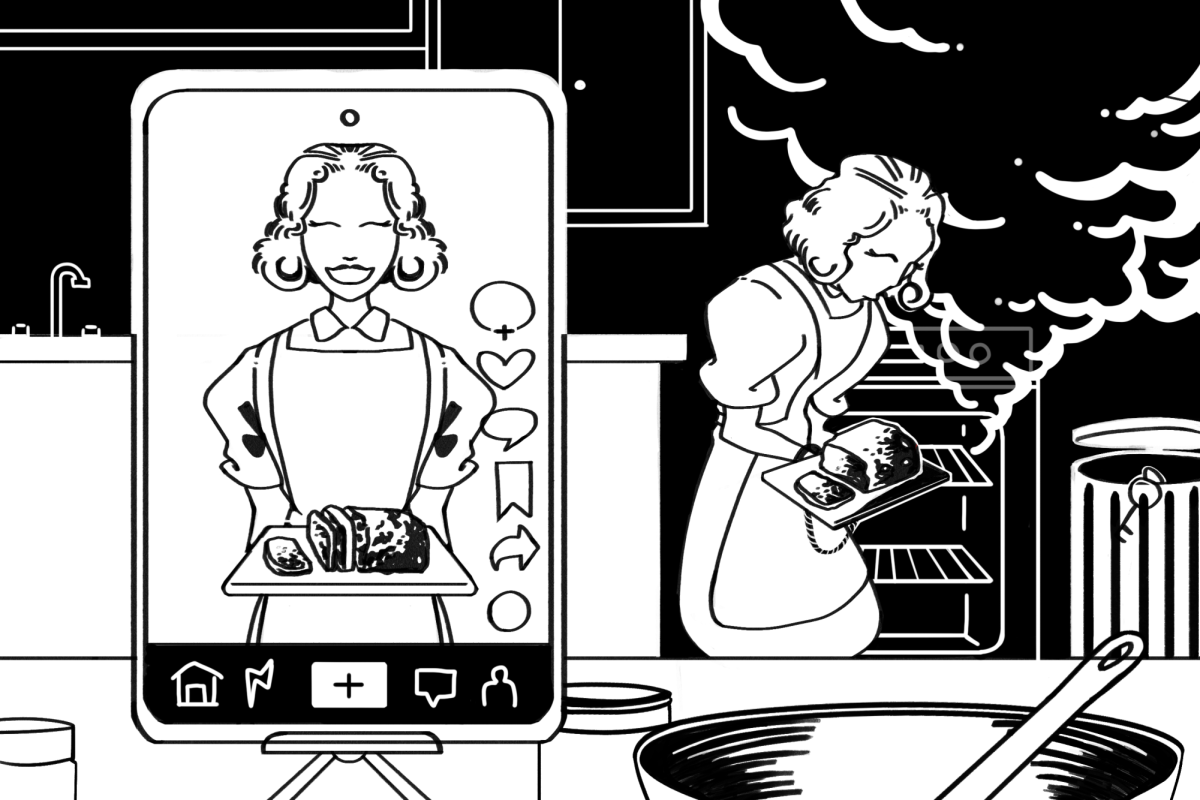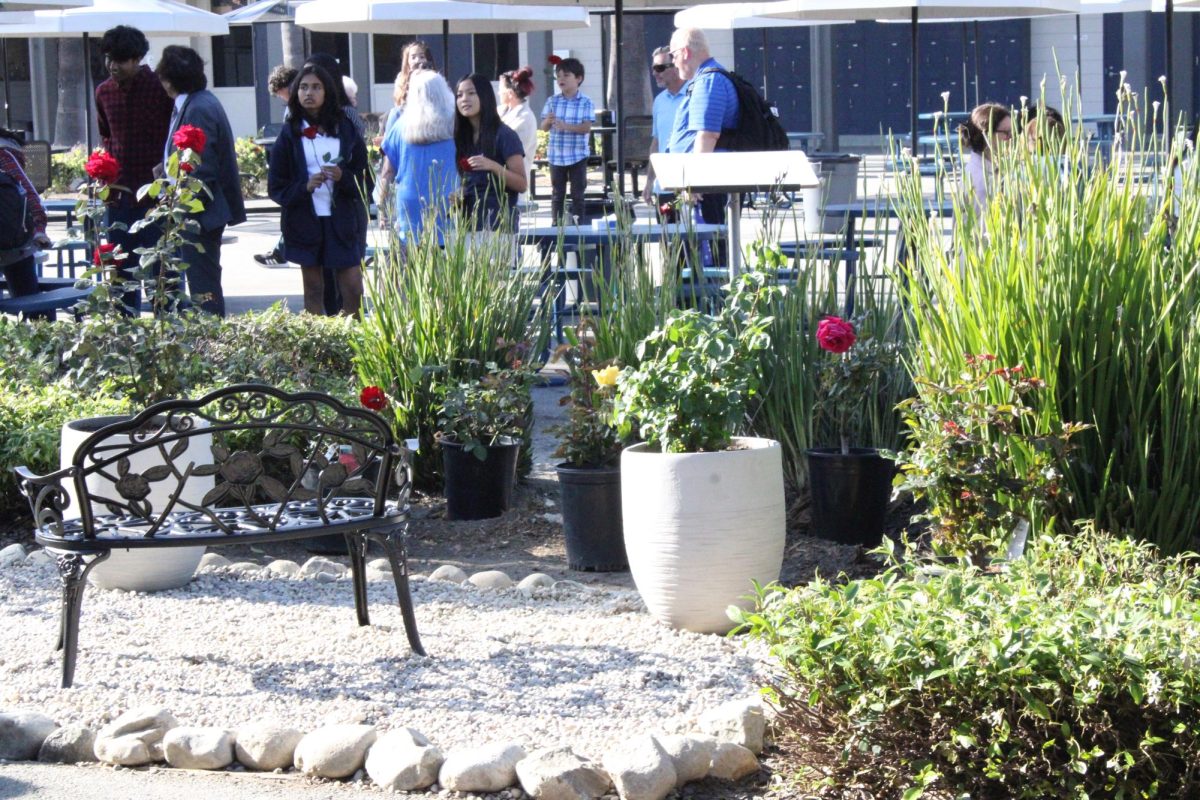As the internet has become an integral part of daily life, it has also accentuated a “connection crisis”: growing societal isolation. Libraries have been swapped for AI search engines and cafes for chat centers. Third places, which foster safe spaces for communal relationships and relaxation, have faced the brunt of these progressions. Despite the internet’s convenient access to the world’s knowledge, third places must be prioritized instead to create tangible, human connections with local communities, solidifying bonds and relationships.
Coined by sociologist Ray Oldenburg, third places are cornerstones in a community connectedness, differing from the first place, one’s home, and second place, their workplace or school. Third places’ loose structure offers freedom and accessibility for anyone to create essential relationships in one’s community, manifesting in multiple forms: libraries, cafes, or parks. Beyond the monotonous routine of going from home to school or work and back home, third places offer a fresh slice of life.
As work from home blurs the lines between first and second places further, focusing only on these places promotes notions of toxic productivity, centered on isolation. As researchers from the Department of Psychology at the University and Arizona State University found, the cultural shift to individualism accentuates the need to spotlight third places, separating the home from productivity and curbing loneliness.
Individuals must search for opportunities to create community bonds. Chat rooms and internet socialization cannot replace the physical aspect third places provide as pillars in a community.
While often providing community social hangouts, the loose structure doesn’t force conversations or interaction. People in their third place can indulge in their hobbies alone and leisurely, without necessarily being lonely, at their own comfort level, and are not confined to one routine. Third places also often provide amenities not everyone has access to, such as Wi-Fi and air conditioning.
Despite this, libraries like Anaheim Library, Long Beach, and Cerritos are often overlooked and mostly deserted. Contrastingly, Cypress Library’s environment bustles with local Oxford and Cypress High School students. Beyond its influx of students hanging out or studying, the library actively inserts itself into the Cypress community, hosting programs from reading competitions to book clubs.
Third places shouldn’t be solely sought after for their convenience though; while the library’s proximity to schools aids its accessibility, individuals must search for opportunities to create community bonds. Chat rooms and internet socialization cannot replace the physical aspect third places provide as pillars in a community.
In communities where third places are recognized as integral parts of life, such as Taiwan, studies by Kang-Chi Lin have found happiness levels to increase with the presence of third places. Similarly in Mesoamerica with plazas are an essential part of the culture.
Instead of idly watching shops become less frequented and widening the distance between communities, third places must be reinforced as essential cornerstones for both communities and the human mind and body. Instead of sacrificing third places as antiquated concepts to the internet, participate in local events or check out community centers, creating healthy and satisfying routines.


